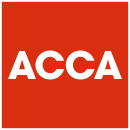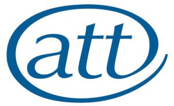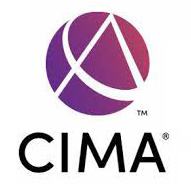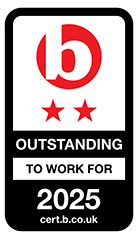The age-old adage dictates that “Cash is King”, and indeed, a lack of cash remains the number one reason why businesses fail.
At first glance, the great cash flow balancing act — ensuring there is more money coming into the business than going out — appears simple to maintain. Unfortunately, innocent missteps and small oversights can build over time and suddenly become a serious cause for concern.
Cash flow, more than any other metric, determines the financial health and sustainability of a business. You must manage it carefully and consistently. In this article, we share some essential cash flow tips for small businesses to help you improve your cash position for long-term success.
1. Cash flow forecasting
Effective cash flow management begins with cash flow forecasts or cash flow projections. Business owners can use past business performance to help project their income and expenses over a defined period, recording the figures in a simple Excel spreadsheet or specific accounting software.
A forecast will help anticipate cash shortages or surpluses. It also enables proactive decision-making, as you’ll know how much cash is likely to be in the business at any given time.
2. Monitor cash flow regularly
Regular monitoring of your cash flow is essential for identifying trends, patterns and potential issues that might otherwise pass unnoticed. Set aside dedicated time to review your cash flow statement, analyse cash inflows and outflows, and address any concerns without delay.
3. Streamline accounts receivable
Efficient management of accounts receivable is crucial for maintaining healthy cash flow. So no matter how well you get on with your clients, don’t take a laid-back approach to getting paid.
Streamline your invoicing process by issuing clear, accurate invoices promptly. Consider requesting upfront deposits for larger payments. From the beginning of each new client relationship, communicate your business payment terms clearly and follow up quickly on overdue invoices.
You could also consider offering incentives for early payment, such as a discount or an exclusive product benefit. Conversely, charge for late payments to encourage faster settlements.
4. Optimise stock levels
Maintaining the right balance between meeting customer demand and minimising excess stock is key. Conduct regular stock analyses to identify slow-moving or obsolete items. Explore just-in-time stock management to reduce stockpiling and cultivate strong supplier partnerships to optimise stock levels and free up cash.
5. Negotiate favourable supplier terms
Building strong supplier relationships can also create a positive cash flow by allowing you to negotiate favourable payment terms as needed. You may even feel able to request extended payment periods or seek discounts for early payments — all of which can be more valuable than simply opting for the lowest-priced suppliers.
6. Plan for growth
Always assess the financial implications before pursuing business growth, such as expanding into new premises or hiring staff. You can do this by ensuring you have adequate cash reserves or access to financing, which is where your cash flow forecast can come into its own.
To help you make informed growth decisions, prepare more detailed financial projections that consider increased sales, additional costs and potential delays in customer payments, as well as the resulting strain on overall cash flow.
7. Control operating expenses
Regularly review operating expenses to identify areas where costs can be reduced without compromising quality. This could involve renegotiating contracts, seeking competitive bids and embracing technologies that streamline processes and reduce overhead.
Don’t forget to check ongoing subscriptions , as these will often renew automatically at a higher cost. This is also a great opportunity to assess the return on investment of any discretionary spending in your organisation, such as marketing, entertainment and business development expenditures.
8. Separate personal and business finances
Maintain separate bank accounts and financial records for personal and business finances, so they don’t become confused. You’ll also be better able to track your business cash flow accurately, which keeps HMRC happy and prevents your personal expenses from affecting the company’s financial health.
9. Build a cash reserve
Although it may involve certain short-term sacrifices, such as paying yourself less, a cash reserve, sometimes referred to as a runway, is your financial safety net during challenging times. It protects against unexpected business expenses and economic downturns.
Get into a consistent habit of setting aside a portion of your company’s profits and consider automating savings. Once this reserve begins to build, ensure that it is invested in accounts which provide the correct balance between accessibility and return.
10. Explore financing options
During periods of growth or temporary cash shortages, you may want to explore financing options to increase your working capital , such as loan programs or lines of credit. Take care to research interest rates, repayment terms and collateral requirements before making a final decision.
You can also review the features that come with your business bank account, as some offer benefits specifically designed to help manage short-term issues. Consider whether your organisation has any assets which are not yet leveraged and could be used as security for such borrowing.
Get in touch
Well-managed cash flow ensures stability in day-to-day operations and creates opportunities for growth and innovation. By adopting these practices, you can build and maintain a successful business, whilst also navigating the financial challenges that SMEs often face.
If you would like further guidance on how to manage the cash flow in your business, please get in touch with our dedicated Financial Forecasting & Budgeting team.
If you have any questions about the above, or would like more information specific to your circumstances, please enter your email address below and we will get in touch:
















